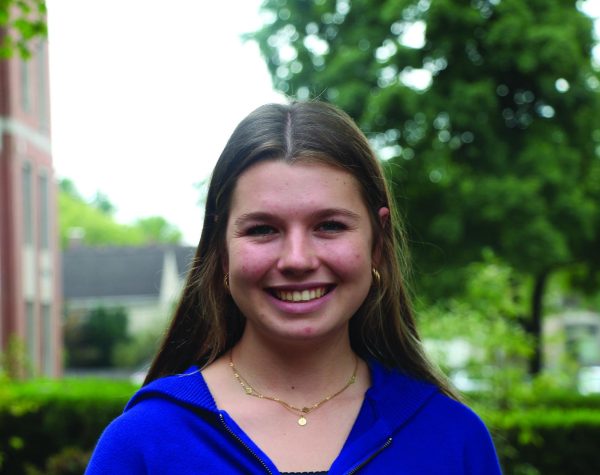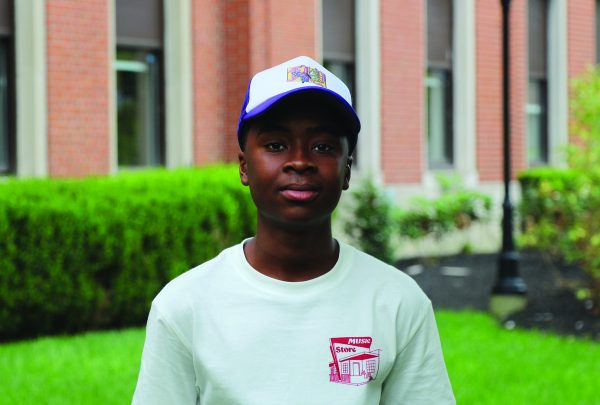
Language isn’t just a way to chat with friends, or a class students have to take in school. For bilingual and multilingual students, language can be a piece of culture to preserve, a means of finding community, or a lens through which to see the world with a new perspective.
Senior Yao Ennin-Sampson said he has had extensive experience with language, knowing French, English and his parents’ native language, Ewe.
“My parents, they’re from a small country called Togo,” Ennin-Sampson said.
He explained he was also born in the West African country, and about a week later, he and his family moved to France.
“I was in the French education system, so I just learned French that way,” Ennin-Sampson said.
While he learned French in school, Ennin-Sampson learned Ewe at home from hearing his parents speak it, he explained. After living in France for around eight years, he and his family moved to America where he started to learn his third language, English, he added.
“I went to a French immersion school,” Ennin-Sampson said. “It’s for people that speak French as their native language, and then they teach you English.”

Sophomore Genesis Arreola said she grew up in a Spanish-speaking household, and she learned English solely in school. She added transitioning from speaking Spanish to speaking English was difficult for her.
“Most of the time I didn’t even know what was going on,” Arreola explained.
However, Arreola said she took English as a Second Language class, which helped her. She also made a friend in elementary school, which gave her more exposure to the language, Arreola added.
“Being around her and her family helped me pick up English,” she explained.
Arreola said she mostly speaks English at school or with friends from school. Her parents feel it’s important for her to continue speaking Spanish, she added.
“They want us to grow up, once we have our children, to keep the Spanish going and not be forgotten,” she said.
Senior Elise Garrett said she speaks both Spanish and English, but for a different reason. Garret lived in Bexley until she was in third grade, and then she and her family moved to Mexico for her dad’s work, she said.
“Going in, I only knew English,” she said. “I was definitely not fluent in Spanish. I was able to learn just through immersion.”
Garrett explained after two years in Mexico, her family moved back to Bexley. She said she doesn’t speak Spanish at home, but she has used it when volunteering as an ESL instructor. Typically, she would instruct a group of adults once a week at Cristo Rey Church, Garrett added.
“All the instructors are fluent in Spanish and English, but most of the time, people learning don’t know any English,” she said. “I definitely use Spanish to communicate with them and help teach them.”
Apart from using Spanish during ESL, Garrett said she has also made friends through the languages she speaks.
“I have one friend from Mexico who’s originally from Argentina, and she also speaks Spanish and English,” she explained. “We’ve been able to stay in contact since I moved away.”

Despite the sense of connection students found in being bilingual or multilingual, there are struggles that come with it as well. Arreola said she often finds it hard to balance speaking Spanish and English.
“Sometimes it gets difficult when I speak too much of one language and I forget the other language, which happens a lot,” she explained.
Ennin-Sampson said aspects of being multilingual still challenge him.
“When talking in groups, I’m just the quiet one, because I’m trying to process everything that’s being said,” he explained. “With jokes, that’s the one thing I don’t get yet.”
Although speaking many languages can be difficult, all three students found meaning and resonance in being bilingual or multilingual. Ennin-Sampson said being multilingual contributes to his sense of identity.
Similarly, Garrett explained that being bilingual was significant to her life as a whole.
“I think it’s really important,” Garrett said. “I think it definitely helps expand your view on the world, and gives you a perspective on things that you wouldn’t otherwise have.”